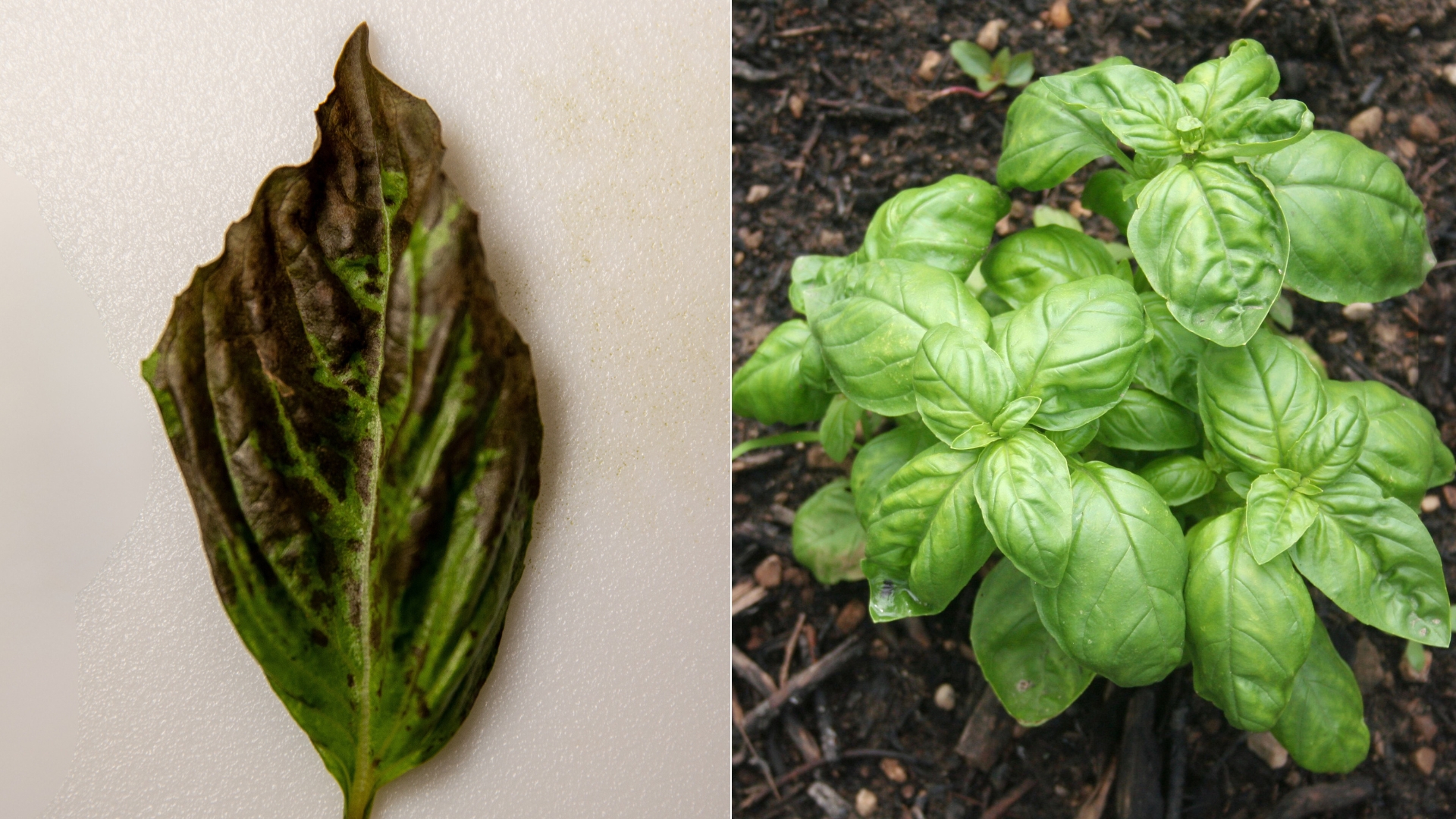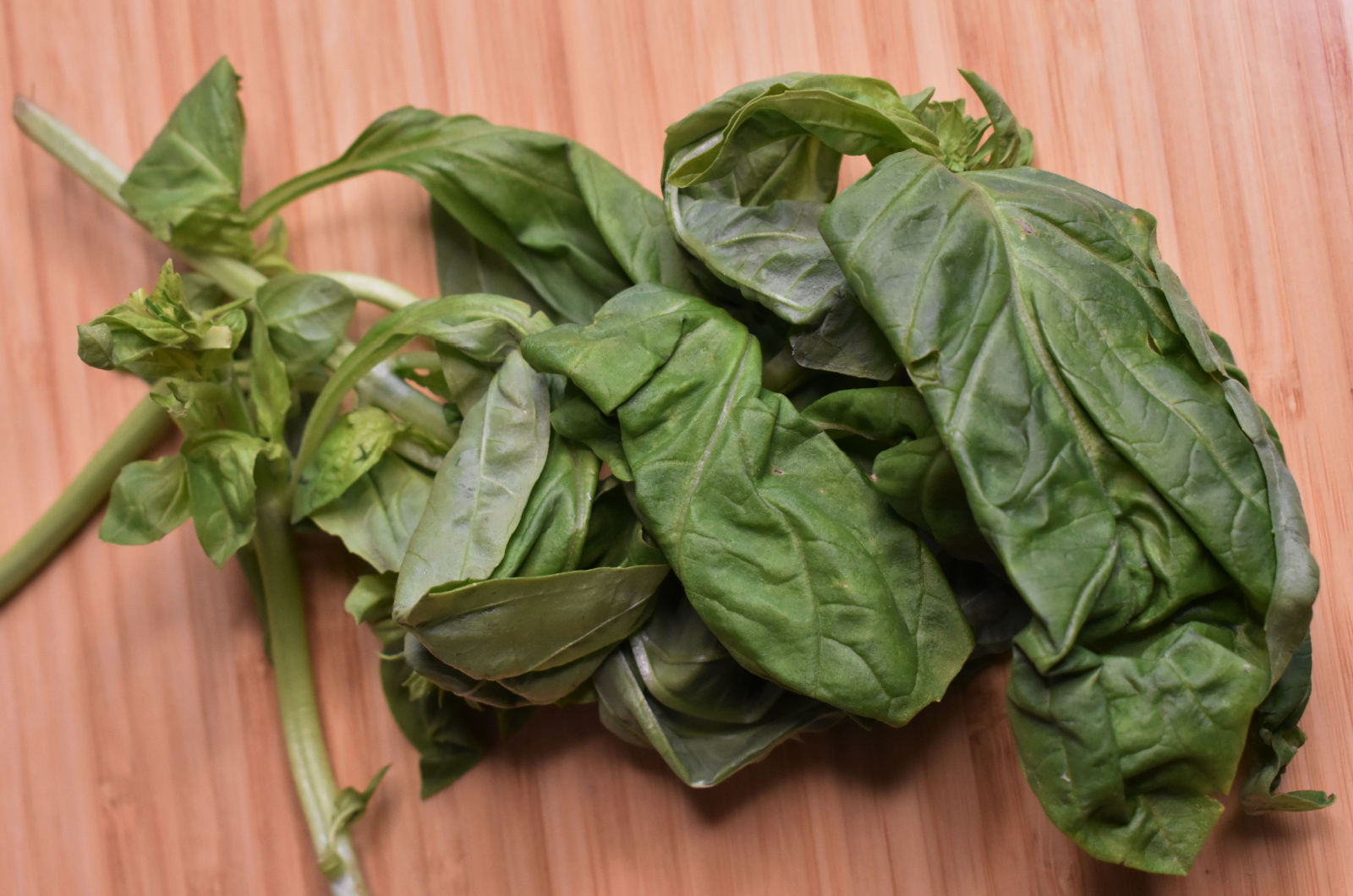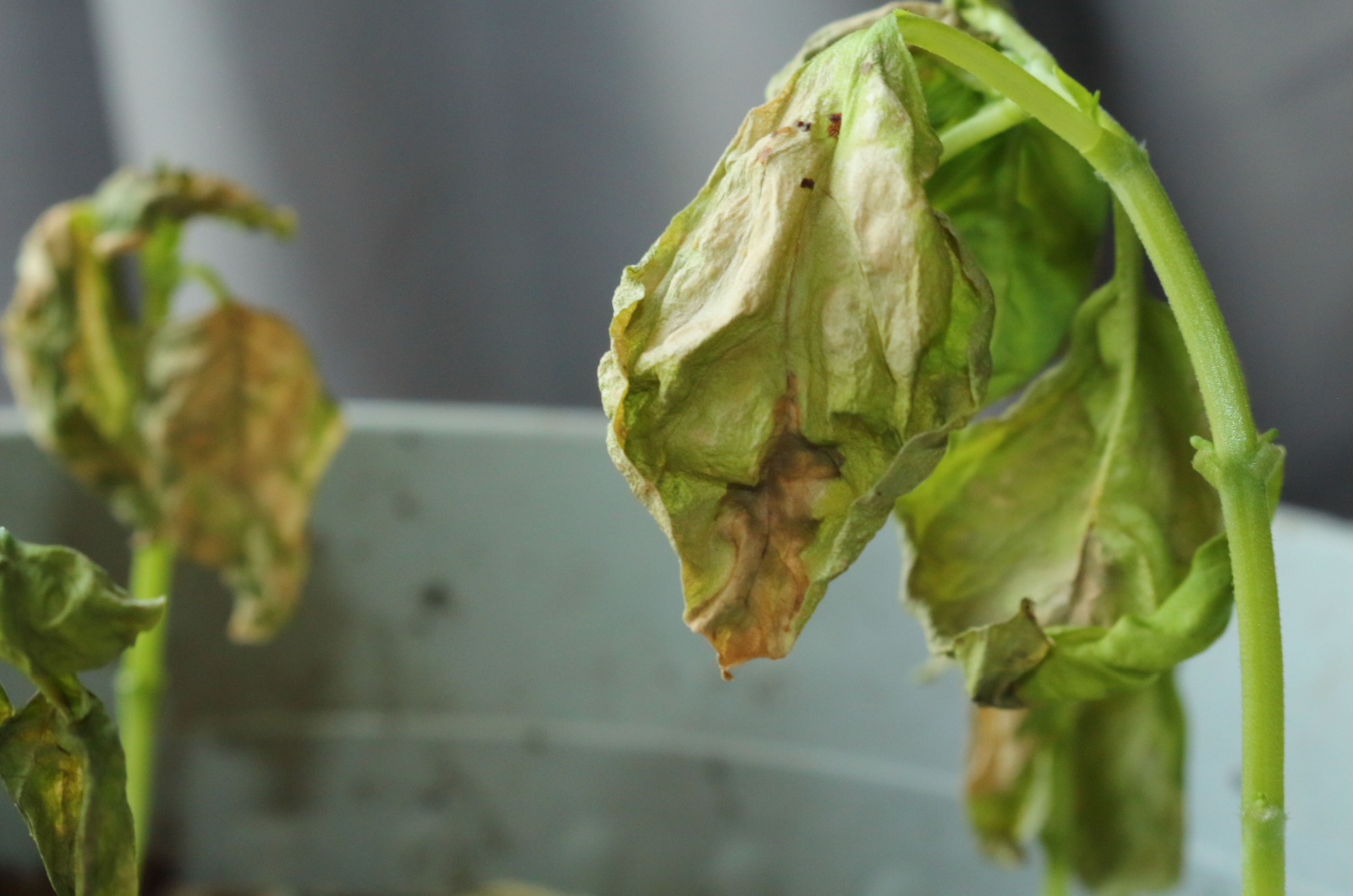Although basil is a hardy plant that is relatively easy to grow, you might still run across some issues such as basil leaves wilting and dying. This indicates that your basil is not being properly taken care of.
To stop your basil from wilting, you have to get to the bottom of the issue and figure out what is the causative factor. There can be different reasons why your basil might wilt and we are going to talk about them all.
We will also cover some of the best ways to fix these issues. So, if you want to enjoy an endless supply of fresh, aromatic basil leaves, keep reading!
Why Is Your Basil Wilting?
Inadequate watering is the most common reason why your basil is wilting. If the leaves start to dry and droop, and the soil starts to pull away from the edges of the container, then you are probably dealing with thirsty basil.
On the other hand, if you give your basil more than enough water, the soil will be soggy and the leaves will start to wilt and turn yellow. Poor drainage and excessive watering result in overwatering symptoms, which can often lead to root rot.
If watering is not the issue, then you might consider the lighting conditions. Basil is a sun-loving plant that requires about 6 to 8 hours of direct sunlight during the day. If it is kept in shade, it won’t thrive.
Another reason is plant diseases – basil is susceptible to downy mildew, Fusarium wilt, and leaf spot. If you notice any spots on the leaves, or if their undersides start to change color, then you are probably dealing with sickly basil.
Keep an eye out for pests like spider mites and aphids because they often infest herbs like basil.
Other issues include temperature fluctuations – sudden temperature changes will cause your basil to curl, wilt, and droop. Transplant shock and a pot that’s too small can also be to blame if the above mentioned reasons are excluded.
How To Prevent Basil Leaves From Wilting
It’s quite easy to prevent basil leaves from wilting – all you have to do is stick to a correct plant care guide.
Let’s address the watering issues first. Simply feel the soil to determine if you are dealing with an underwatered or overwatered basil plant. If the soil is dry and odorless, then your basil is probably thirsty.
Simply water the plant thoroughly and avoid getting the leaves wet as this can make the plant more susceptible to fungal diseases.
However, if the soil is wet, then you have overwatered basil. Simply postpone watering for a few days. In case the soil starts to smell, consider checking the roots to see if there’s any rotting.
If you are dealing with root rot, remove any affected roots and transplant your basil to a new pot with fresh soil.
When it comes to proper watering, it’s important to keep the soil moist. Simply check the soil before every watering session – once it feels dry, go ahead and water your basil.
In case you are growing your basil in a pot, make sure that it has drainage holes in the bottom. Well-draining soil is also required to keep your basil from being overwatered. You can also add mulch around the plant’s base to help it retain moisture.
Keep your basil in a sunny location with relatively consistent temperatures.
When repotting because the pot is too small, make sure that the new one is about 2 inches bigger than the current one. Make sure that the pot is not made out of plastic or metal.
If you notice something crawling over your basil, inspect the plant thoroughly. If the pest infestation is not too severe, you can simply hand pick these pests. However, if they have already multiplied, you should use neem oil or other organic methods to get rid of them.
The process is similar to dealing with plant diseases. You can use neem oil to treat them. Always remove affected leaves to prevent diseases from spreading.
Also read: What To Do About Your Basil Stem Turning Brown



